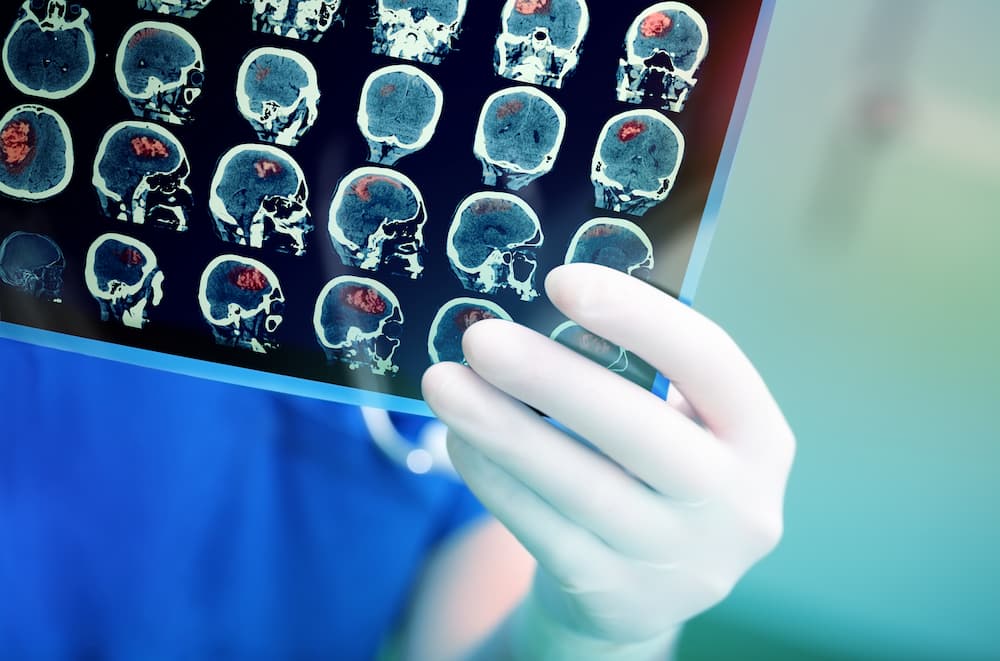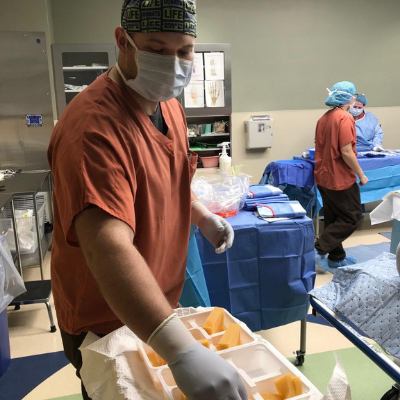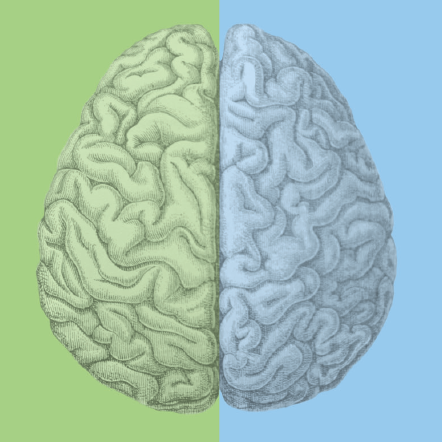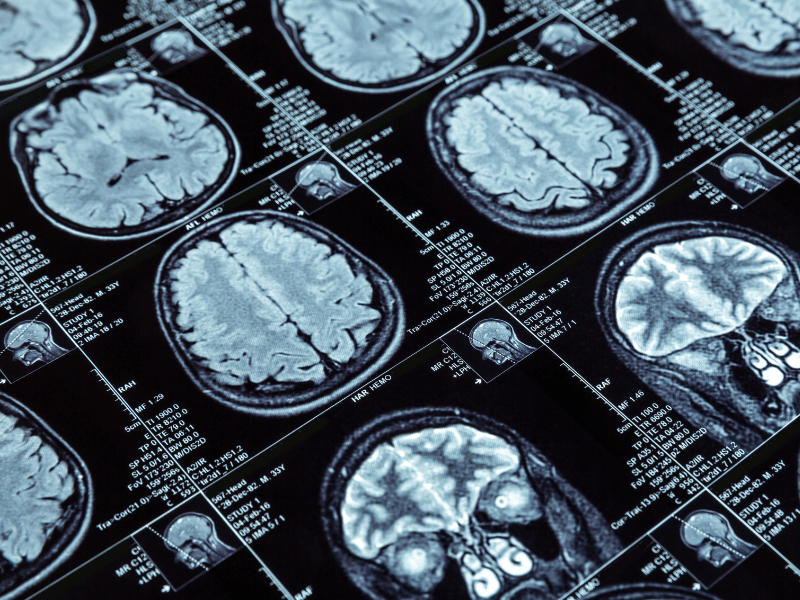The concept of brain death can be confusing and difficult to process for loved ones. During brain death, the heart is still beating and the chest is rising and falling with every breath of the ventilator. However, the support machine is working to keep the organs viable by artificially making these necessary bodily functions occur.
When an individual is determined to be brain dead, it means the damage to their brain is irreversible, the brain has stopped functioning at all, and they will not regain consciousness or start breathing on their own again.
What is Brain Death?
Brain death is a medical and legal term for death that happens when an individual has had a severe, irreversible brain injury and the brain is no longer functioning. Injury or severe illness can cause permanent damage to the entire brain and brainstem: two structures that are vital for life.
The brainstem manages breathing and heart rate, while the brain manages senses like sight, sound, touch, and motor movement.
When brain death occurs, the brain is no longer able to drive these vital functions, and a healthcare provider will declare the patient legally dead.
What Happens During Brain Death
During brain death, the entire brain ceases to function permanently. This leads to an inability to breathe, think, or feel. Additionally, during brain death, the body’s vital functions like heartbeat and blood pressure can only be maintained artificially. The body may appear to be breathing, and it is warm, but only because machines and medications are doing the work.
Causes of Brain Death
Many things can contribute to brain death in a patient. Potential causes of brain death include:
- Traumatic brain injury
- Intracerebral hemorrhage
- Subarachnoid hemorrhage
- Ischemic stroke
- Heart attack
- Asphyxiation
What Are the Criteria for Determining Brain Death?
There are several steps necessary for a neurological specialist to take before declaring a patient brain dead. In the United States, three major medical societies collaborated to determine the criteria that indicates brain death. Currently, before brain death is declared, a medical provider must:
- Identify and treat underlying conditions causing severe brain damage
- Rule out potential issues and conditions that could be causing severe brain damage
- Rule out conditions that can mimic brain death
What Tests are Done to Determine Brain Death?
There are a series of tests conducted to determine brain death, including:
- Brain imaging: Tests such as an MRI are conducted to check for blood flow to the brain.
- Neurological examination: Assessing the patient’s responsiveness to stimuli.
- Brainstem reflexes: Checking for reflexes, such as gag, cough, corneal, and pupillary reflexes, and evaluating eye movements.
- Apnea test: If there are no signs of brain stem function, the medical provider will temporarily stop mechanical ventilation to see if the patient attempts to breathe on their own.
Consequences and Symptoms Following Brain Death
When there is brain death, there is an irreversible cessation of all brain function. This leads to an inability to breathe or regain consciousness. It also causes the body not to be able to survive without the assistance of mechanical support, such as a ventilator.
There are several symptoms associated with brain death, including:
- Pupils not responding to light
- Eyes not blinking when touched
- Eyes not moving when the head is moved
- No cough or gag reflex
- No response to pain
The Importance of Organ and Tissue Donation
Many patients who are declared brain dead are in a unique position to save the lives of others through organ and tissue donation. While a ventilator temporarily keeps their organs functioning, nonprofit organizations like Gift of Life Michigan work to find recipients who need organ transplants to live.
Organ and tissue donation is a crucial part of modern healthcare that can be difficult to discuss. However, it can be comforting to the donor’s family, and offers a lifesaving opportunity for individuals living with end-stage organ failure or debilitating injuries. One organ donor can save up to eight lives while donating tissues, and corneas can heal an average of 75 lives or more.
Ultimately, organ and tissue donations are a meaningful way to contribute to the continuation of life and to leave a legacy of compassion.
Currently, there are more than 100,000 people in the United States waiting for a lifesaving organ transplant. By becoming an organ and tissue donor, you are filling a critical gap that ensures we save more lives.
Learn More About the Gift of Life
هبة الحياة has been honoring life through donations since 1971. We recover more than 1,000 organs for transplantation every year, from more than 500 donors. We also facilitate the gift of tissue donations from nearly 2,000 donors each year. Organ and tissue donation empowers individuals to save and improve the lives of thousands of severely injured and sick patients.
To learn more about Gift of Life and how to become an organ and tissue donor, check out our website today for more information.
مصدر الصورة: sfam_photo/ Shutterstock








